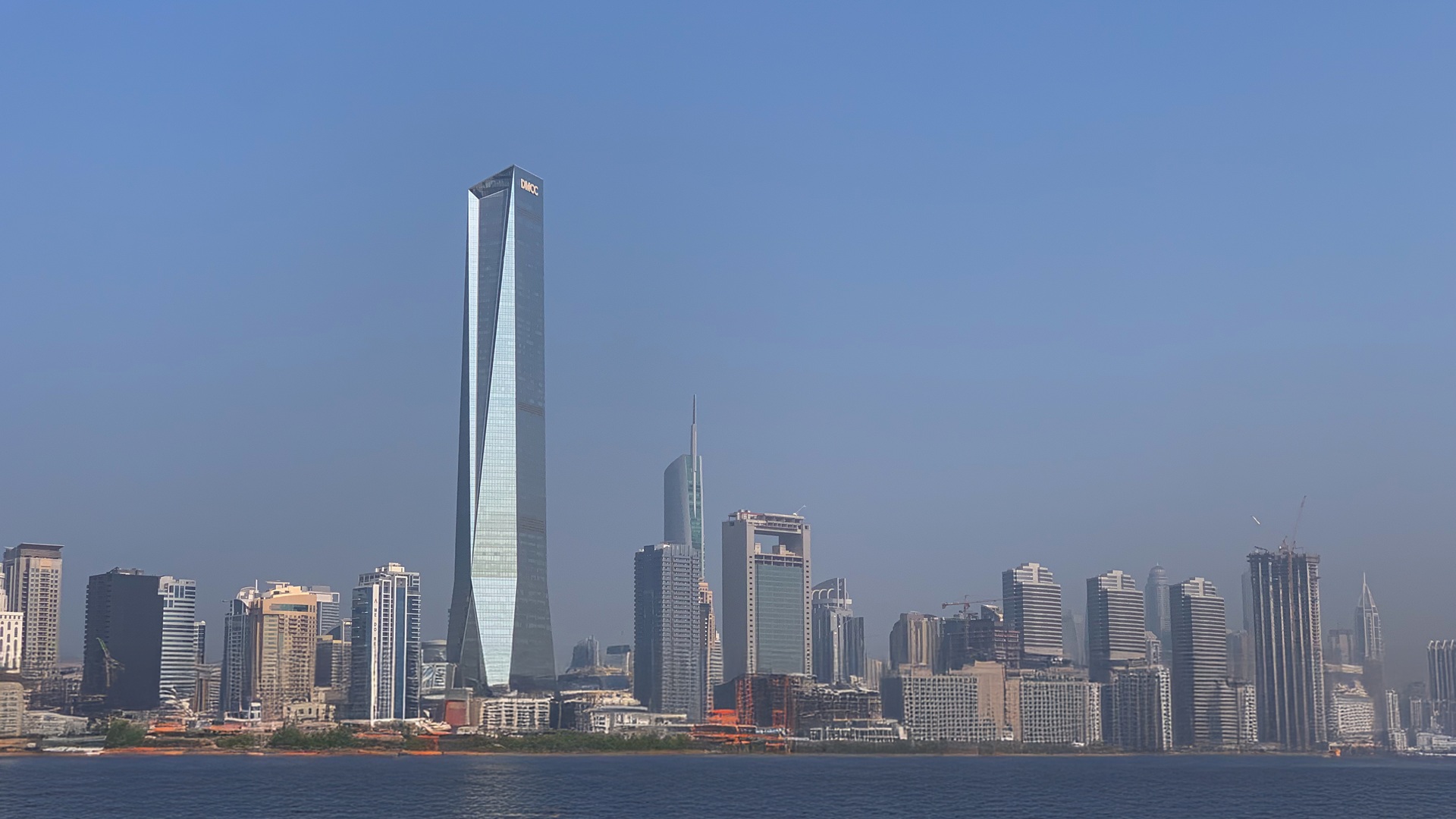
Using Virtual Assets: Virtual assets such as cryptocurrencies make fast and anonymous transactions across borders easier. This is especially true for crypto-mixers. UNODC explains that crypto mixers take cryptocurrency from various sources, deposit it into one address, and then split and send it to multiple accounts. This process is often repeated several times, obscuring the trail of money and making it difficult to trace the transactions back to the original source. Hence, digital currencies, particularly the transactions conducted through crypto mixers, are frequently used for layering funds. As reported in the Economic Times, Crypto research firm Chainanalysis has found that “at least $24.2 billion worth of crypto was sent to illicit crypto wallet addresses in 2023, including addresses identified as sanctioned or linked to terrorist financing and scams”.
Why is Tackling Money Laundering Important?
The exact size of how much money is laundered every year is very difficult to estimate. In one of its studies, UNODC has estimated that “between 2 and 5% of global GDP is laundered each year.” Catherine De Bolle, the Executive Director of Europol, in the foreword to a 2023 Europol report on Financial Crime, highlights how widespread money laundering operations are. She opines that the “ability to launder illicit proceeds on an industrial scale, to move them through a web of criminal financial brokers, and to corrupt the relevant actors, has become indispensable for modern organised crime.” The same report also cites another study that found nearly 70% of all criminal networks operating in the EU use some form of money laundering. It’s important to note that the damage caused by money laundering extends beyond simply proliferating criminal activities such as drug trafficking and terrorist financing. It also has significant economic and political repercussions. The IMF says large-scale money laundering may disrupt capital movements across international markets. It may also hinder governance and cause political instability, leading to an overall decline in trust in governments and institutions.
UAE’s Fight Against Money Laundering
The UAE’s removal from the FATF Grey List in just two years highlights its dedication to fighting financial crimes such as money laundering. The Financial Action Task Force (FATF) explained the rationale for the UAE’s and other countries’ removal from its grey list, highlighting “their significant progress in addressing the strategic AML/CFT deficiencies previously identified during their mutual evaluations.” This commitment is further demonstrated by the sharp rise in penalties for non-compliance. The total value of AML/CFT fines imposed by the UAE’s supervisory authorities for the period between January and October 2023 reached over AED 249 million, more than three times higher than the fines imposed in 2022 (AED 76 million).

Exiting the FATF “grey list” is a significant achievement for UAE. Abdulla bin Touq, the Minister of Economy, emphasised that strengthening the UAE’s defences against crimes such as money laundering and terrorism financing has significantly contributed to its status as a premier global hub for trade and investment.
Introduction
“Crime is common. Logic is rare. Therefore, it is upon the logic rather than upon the crime that you should dwell.” – Sherlock Holmes
Logic is one of the greatest tools to solve financial crimes. It helps the investigator link unconnected pieces of information and weave them into one coherent narrative. Logic, both the power of deductive reasoning of the human mind, as well as the algorithms used to detect the complicated webs of transactions, is at the very heart of combatting money laundering. The money launderer intends to obscure the source of illegal funds by muddling the financial trails with numerous complex transactions. The investigator seeks to untangle them.
Money laundering is usually done in three stages: placement, where the illegal money is first introduced into the financial system; layering, where the money is moved and disguised to obscure its illegal origin; and integration, where the laundered money is mixed with legal assets and re-enters the economy. In a previous blog, we covered the placement stage of money laundering. In this blog, we will explore the concept of layering in money laundering and the various techniques used to conceal illicit funds. We will also explore the importance of tackling money laundering and the UAE’s fight against such crimes.
What is Layering in Money Laundering?
Layering is the second stage in the money laundering process. After the initial “placement” of funds into the financial system layering comes into play. The global anti-money laundering watchdog, the Financial Action Task Force (FATF), explains layering in money laundering as a process through which “the launderer engages in a series of conversions or movements of the funds to distance them from their source.” For example, a launderer might move illegal money from a bank in one country to a fake company’s account in another country. This company, which really doesn’t do any actual business, might then use the money to buy property in a third country. Each of these steps makes use of regular financial activities, which helps disguise the illegal origins of the money and makes it really hard to trace the money back to the original source of the crime. That is the basic explanation of layering in money laundering. Bad actors use various layering techniques and the next section of the blog explores some of these.
Techniques Employed in Layering Illegal Funds

Follow AKW Consultants on WhatsApp Channels for the latest updates.
Layering in money laundering can be done using different types of transactions. With an interconnected global economy and access to high-end technologies, criminals can easily disguise the origins of illicit funds by moving them across borders and through multiple financial systems.
Here are some of the techniques used by criminals in when it comes to layering in money laundering:
Using Offshore Accounts: Criminals may use offshore accounts in countries with strict privacy laws. This allows them to conceal the true source of money. These funds are often deposited under the names of shell companies (fake companies that exist only on paper that are also known as ‘shell corporations’), making the money appear legal.
Wire Transfers: Money launderers frequently move funds between different accounts across various countries. These repeated transfers create a complex web of transactions that are hard to trace back to the source.
Purchasing Financial Instruments: Money launderers may buy and sell stocks, bonds, and other securities as part of the layering process.
Investing in Real Estate: Criminals often use illicit funds to buy properties because real estate transactions can involve large amounts of money and allow for the laundering of significant sums all at once. This makes real estate, as well as other high-value commodities, a preferred method of layering in money laundering.
Using Virtual Assets: Virtual assets such as cryptocurrencies make fast and anonymous transactions across borders easier. This is especially true for crypto-mixers. UNODC explains that crypto mixers take cryptocurrency from various sources, deposit it into one address, and then split and send it to multiple accounts. This process is often repeated several times, obscuring the trail of money and making it difficult to trace the transactions back to the original source. Hence, digital currencies, particularly the transactions conducted through crypto mixers, are frequently used for layering funds. As reported in the Economic Times, Crypto research firm Chainanalysis has found that “at least $24.2 billion worth of crypto was sent to illicit crypto wallet addresses in 2023, including addresses identified as sanctioned or linked to terrorist financing and scams”.
Why is Tackling Money Laundering Important?
The exact size of how much money is laundered every year is very difficult to estimate. In one of its studies, UNODC has estimated that “between 2 and 5% of global GDP is laundered each year.” Catherine De Bolle, the Executive Director of Europol, in the foreword to a 2023 Europol report on Financial Crime, highlights how widespread money laundering operations are. She opines that the “ability to launder illicit proceeds on an industrial scale, to move them through a web of criminal financial brokers, and to corrupt the relevant actors, has become indispensable for modern organised crime.” The same report also cites another study that found nearly 70% of all criminal networks operating in the EU use some form of money laundering. It’s important to note that the damage caused by money laundering extends beyond simply proliferating criminal activities such as drug trafficking and terrorist financing. It also has significant economic and political repercussions. The IMF says large-scale money laundering may disrupt capital movements across international markets. It may also hinder governance and cause political instability, leading to an overall decline in trust in governments and institutions.
UAE’s Fight Against Money Laundering
The UAE’s removal from the FATF Grey List in just two years highlights its dedication to fighting financial crimes such as money laundering. The Financial Action Task Force (FATF) explained the rationale for the UAE’s and other countries’ removal from its grey list, highlighting “their significant progress in addressing the strategic AML/CFT deficiencies previously identified during their mutual evaluations.” This commitment is further demonstrated by the sharp rise in penalties for non-compliance. The total value of AML/CFT fines imposed by the UAE’s supervisory authorities for the period between January and October 2023 reached over AED 249 million, more than three times higher than the fines imposed in 2022 (AED 76 million).

Exiting the FATF “grey list” is a significant achievement for UAE. Abdulla bin Touq, the Minister of Economy, emphasised that strengthening the UAE’s defences against crimes such as money laundering and terrorism financing has significantly contributed to its status as a premier global hub for trade and investment.
Conclusion
Layering in money laundering makes businesses particularly vulnerable to accepting laundered money from illegal activities. Due to the vast number of transactions designed to distance money from its criminal source, businesses around the world are at risk of accepting money originating from criminal activities. To combat this threat and strengthen defences, businesses should strictly follow their country’s AML/CFT laws as well as the FATF guidelines.
As per the Ministry of Economy’s guidelines, businesses in the UAE should rely on three lines of defence: establishing strong policies, controls, and procedures and regularly training employees on them, strengthening the compliance function with an experienced MLRO, and maintaining an independent audit function. It is important to note that money laundering operations are becoming technologically sophisticated with each passing day. Hence, the rigour of the compliance function could be enhanced by employing an outsourced MLRO who is familiar with the latest money laundering tactics and would be able to spot techniques used in layering in money laundering. Finally, having independent experts conduct regular audits is essential to ensure the effectiveness of AML programmes and to address gaps whenever necessary. This approach not only helps prevent a company from becoming involved in financial crime unintentionally but also safeguards it against substantial fines for non-compliance.”
Find out how AKW Consultants can help you understand the red flags associated with money laundering, strengthen your company’s defences, and help you comply with UAE’s AML/CFT laws.
Read Also: AI Regulations – balancing Innovation and compliance



